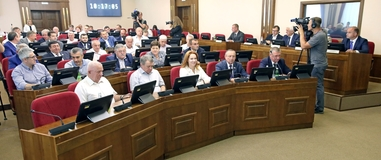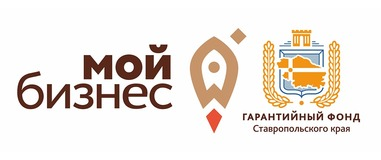hotline for investors
+7 (8652) 35-22-92, 2161
Mon-Fri: 9:00-18:00, Break: 13:00-14:00General information
GEOGRAPHY
Stavropol Krai is one of the Russian regions and is part of the North-Caucasus Federal District.
Total area – 66,200 sq. km.; dimensions: 285 km – North to South, and 370 km – West to East; the region is located in the central part of South Russia, between the Black and the Caspian Seas.
Frontiers – Stavropol Krai is the center of the North-Caucasus Federal District and is the only region in the South of Russia bordering with eight different administrative areas (subjects) of Russia – in the West and South-West with Krasnodar Krai; in the North-West with Rostov Oblast; in the North and North-East with Kalmykia; in the East with Dagestan; in the South-East with Chechen Republic; in the South with North Ossetia-Alania, Karachai-Circassian Republic, and Kabardino-Balkarian Republic.
Administrative division:
26 administrative areas (rayons)
8 urban areas (okrugs)
15 urban-type communities
26 urban settlements
735 rural settlements (villages)
330 municipalities
Administrative center – City of Stavropol; population – 374,000 people.
Population of Stavropol Krai (as of Jan 1, 2013) – 2,791,300 people.
Cities and towns of Stavropol Krai:
Stavropol – 419,800; Pyatigorsk – 145,900; Kislovodsk – 129,9; Nevinnomyssk – 117,600; Essentuki – 103,000.
Distance to Moscow – 1,409 km.
Time zone – UTC +3, MSK+0
CLIMATE
Mild continental climate.
Average temperature (January) −5 °С (in highlands down to −10 °C).
In July +22 -- +25 °C (in highlands up to +14 °C).
Annual fallout – 300-500 mm in the plain; over 600 mm – in the highlands.
Vegetation period – 180-185 days per year.
SOIL
Stavropol Krai is mostly located in steppe and semi-desert areas. The soils mostly include black earth (southern and ordinary) and brown (light-brown, brown, and dark-brown). Dominant are miscellaneous wild and gramineous grasses and gramineous steppes, while in the East and North-West the flora includes wormwood and gramineous grasses with salt marsh and saline soils. The steppes are mostly plowed fields.
RESORT AREAS & TOURISM
The region of the Caucasian Mineral Waters is a specially protected area, which includes the following towns – Pyatigorsk, Kislovodsk, Essentuki, Zheleznovodsk. The total of the mineral water available in the region is 12,450 m3/day, with only 11% being used currently and 32 mineral water fields explored. All in all there are over 100 mineral water wells being exploited in the Caucasian Mineral Waters region, which produce thirty types of water. The springs of Pyatigorsk and Kislovodsk offer waters similar (in their chemical properties and therapeutic effect) to Springs № 1, 2 and 3 in Truskavets (Ukraine), Druskininkai (Lithuania), and Wiesbaden (Germany).









